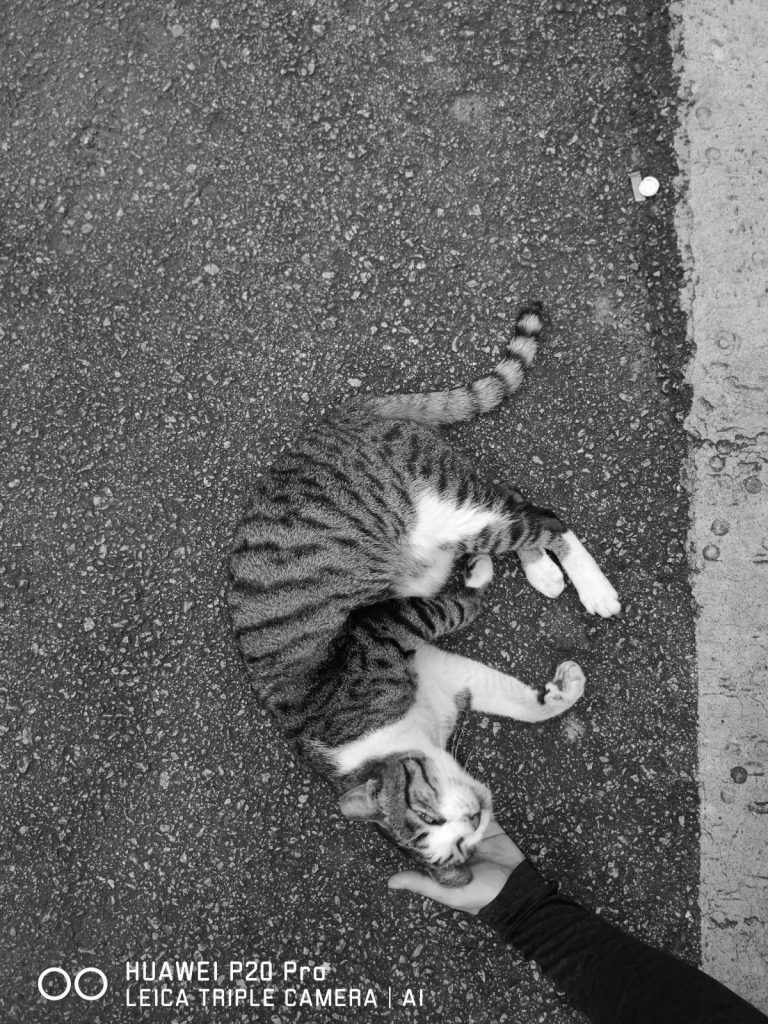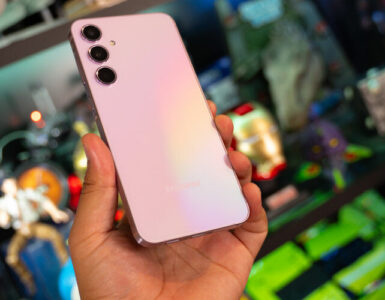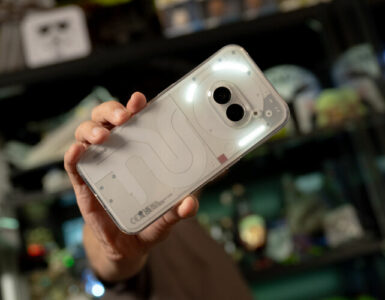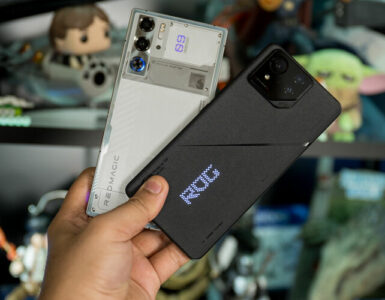With Huawei recently de-throning Apple for having the most number of smartphones sold, there is no denying that the Chinese company is doing something right in their formula for modern smartphones.
Although it has been almost 6 months since the release of their flagship Huawei P20 Pro, we would dare say that there hasn’t been any other flagship that’s able to top the P20 Pro in terms of smartphone camera innovation.
Is it the best? To a degree. Personally, we are not fans of the daytime shots taken on the P20 Pro, mostly due to the over-sharpening and post-processing the AI adds to every photo. However, it is after the sun sets, that the cameras on the P20 Pro truly shine.
Night Mode
Night mode is essentially Huawei’s version of HDR bracketing. While other flagships like the iPhone X offers a HDR mode, they hardly compare with what Huawei has achieved here with a combination of superb hardware and AI magic.
To achieve the best effects in low-light situations, it is recommended to place the phone on a mini-tripod, as the bracketing process may require you to hold the phone still for a period of between 2 seconds to 20 seconds.
While a tripod will achieve the best and sharpest photos possible, steady hands can also produce a decent result, as long as you don’t go pixel peeping.

And even though a tripod ensures that your phone is stable, you cannot control moving subjects. In this case, make the best out of the situation and abuse the method in which Night Mode works to shoot pseudo-light trails.
Light Painting
The Huawei P20 Pro comes with a dedicated Long Exposure mode, which offers 3 different options, Traffic Trails, Moving Water, and Star Trails.

The Traffic Trails mode is essentially Bulb mode on your DSLR, where it opens the shutter to capture all the light that is moving until you stop it. It does a good job of capturing the light trails, but it tends to overblow the highlights on stationary lights, and shadows have a great loss in detail.

The Moving Water mode is our preferred mode to use for capturing light trails and preserving image quality as a whole. Shadows are cleaner and the details are preserved very well.
Again, both of these modes definitely need to be used with the phone on a tripod for the best results.

The Star Trails mode is quite difficult to use in Singapore’s extremely light polluted sky, so unless you have a really dark spot to watch the stars from, this mode is not recommended.
All of these photos taken above can be reproduced at a higher image quality with a dedicated camera. However, the P20 Pro eliminates the process of setting up the camera, bracketing exposures and stacking them in post-processing; A process which could take a couple of hours, now simplified into a process that takes seconds.
Monochrome
It is a shame that the Monochrome function of the camera app is buried deep within the menus. The 20MP monochrome sensor feels right at home with the Leica branding, and is the most “Leica” part of the whole camera system. With a dedicated monochrome sensor, it captures the perfect amount of contrast and details, and really encapsulates the essence of black-and-white photography.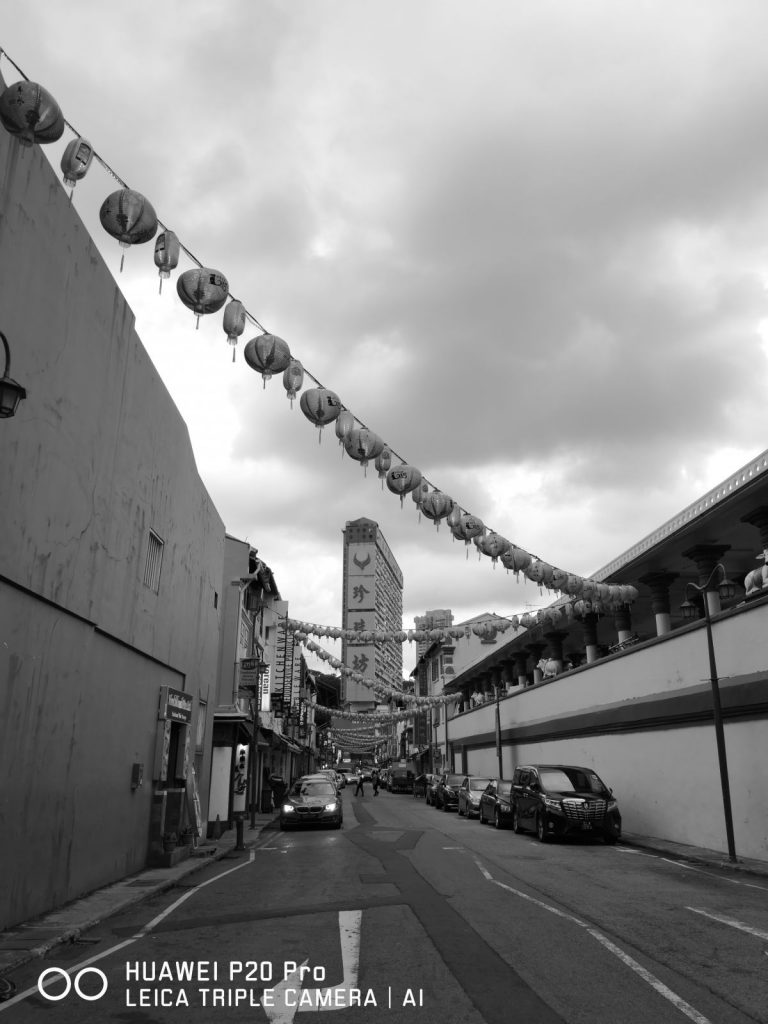
The photos are reminiscent of the black-and-white goodness from the Leica M Monochrom, and are a whole lot more than slapping a black and white filter on your coloured photos.
While we would not go all out to say that the P20 Pro eliminates the need for a big bulky DSLR, it does put a very capable photography device into the hands of casual shooters.
In a stagnating smartphone market, Huawei and Leica’s collaboration and dedication to innovation is a great driving force for the rest of the industry to follow. This could be the start of the next smartphone camera renaissance since the days of Nokia. Now we just wait for a quad-camera system capable of taking stereoscopic photos. Well, one can dream.




